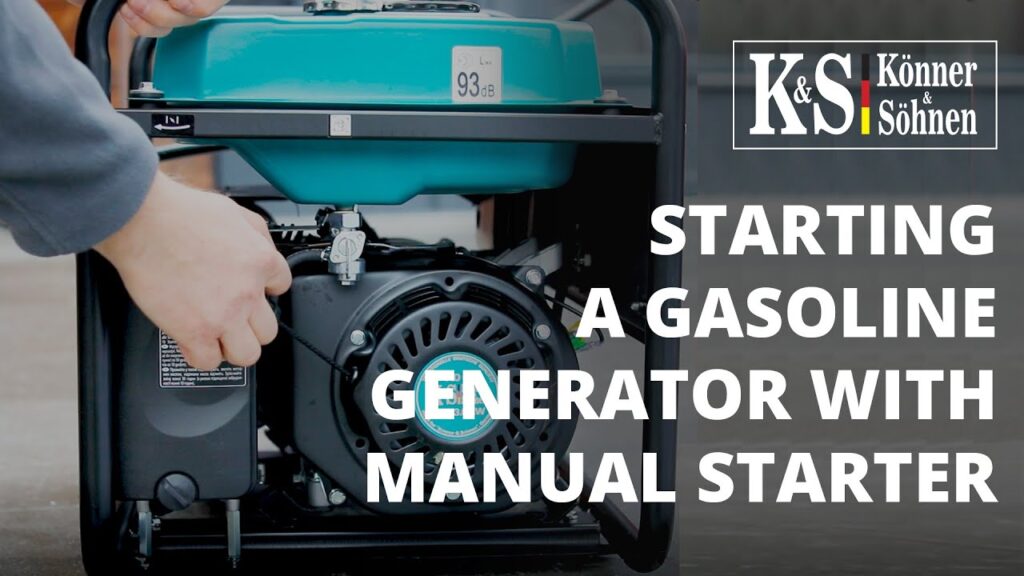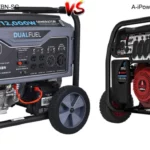Welcome to our comprehensive guide to all things generators! This article will walk you through the process of starting a gas generator, from the initial preparation to the final step. We’ll provide instructions on how to safely use your generator and ensure that it is in working order. Let’s get started!
Types of Gas Generators
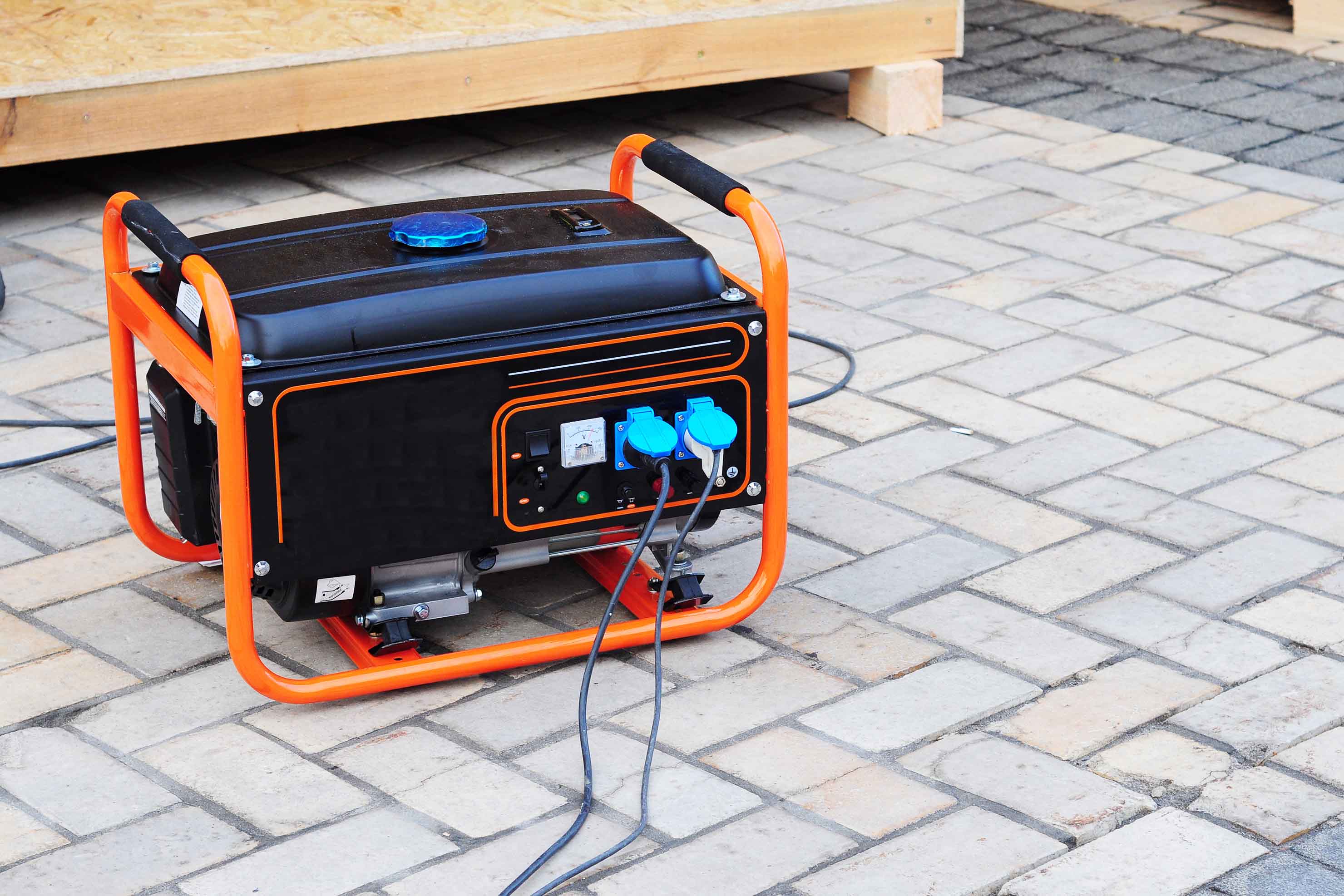
Gas generators are an invaluable tool when it comes to producing an efficient and reliable source of power. There are a variety of different types of gas generators available, each of which is designed to meet specific needs and offer unique features. Understanding the different types of gas generators can help you make the right choice for your needs.
Portable Generators
Portable generators are among the most popular types of gas generators. These generators are designed to be lightweight, highly portable, and relatively inexpensive. Portable gas generators are typically used for recreational activities such as camping, tailgating, or powering small appliances. They are also used in emergency situations where a reliable source of power is needed.
Standby Generators
Standby generators are designed for use in homes and businesses. These generators are typically larger and more powerful than portable generators, and they are designed to provide a reliable source of power during an outage. Standby generators are connected to the home or business’s electrical system, and they are automatically activated when an outage occurs.
Industrial Generators
Industrial generators are designed for heavier-duty applications and higher power demands. These generators are typically used in industrial and commercial settings, where they are used to power large machinery or provide backup power for an entire facility. Industrial generators are designed to be highly reliable and powerful, and they are often used in critical applications where reliability is a must.
Dual Fuel Generators
Dual fuel generators are a type of generator that can run on both gasoline and propane gas. These generators are designed to offer the convenience of being able to switch between two types of fuel sources, depending on availability. Dual fuel generators are typically more expensive than single-fuel generators, but they can offer greater flexibility and convenience.
Inverter Generators
Inverter generators are a type of generator that produces an AC power output that is more stable and consistent than a traditional generator. These generators are designed to produce a clean source of power for sensitive electronics, such as computers and other electronic equipment. Inverter generators are typically smaller and more expensive than traditional generators, but they can offer greater power stability and reliability.
Summary
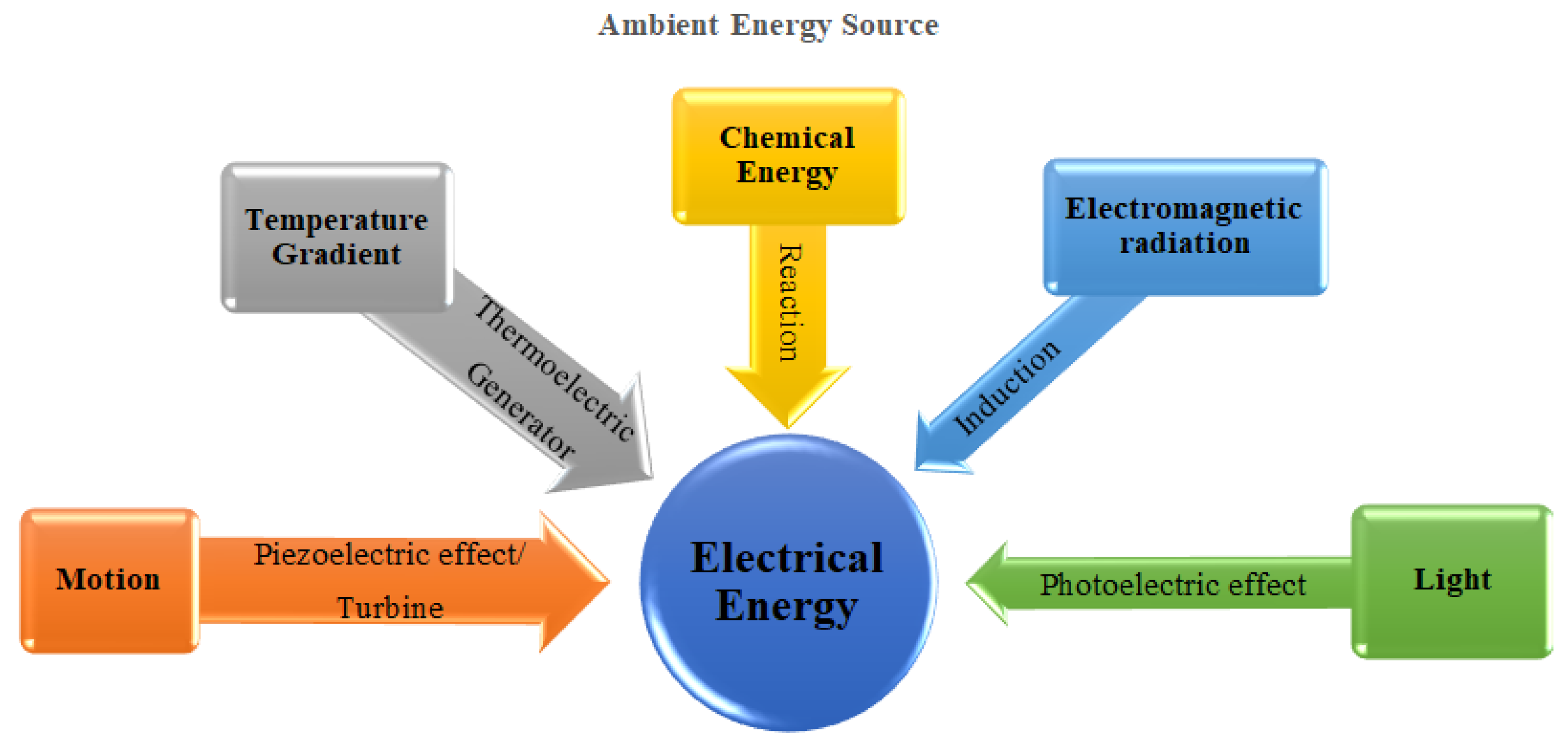
Gas generators come in a variety of different types and sizes, each designed for a specific purpose. Portable, standby, industrial, dual fuel, and inverter generators are among the most common types of gas generators available. Understanding the different types of generators can help you make the right choice for your needs and ensure you have a reliable source of power.
Safety Considerations

When using a gas generator, it is important to take safety into consideration at all times. Generators can be dangerous if not used properly, so it is important to follow the instructions for use and maintain the generator regularly.
Before starting the generator, make sure that the generator is in a well-ventilated area and that there are no flammable materials nearby. Also, be sure to check the oil and fuel levels and replace or refuel as necessary.
It is important to read and understand the manufacturer’s instructions for the generator before using it. These instructions will include information on how to safely start the generator. Make sure to follow the instructions carefully and to not bypass any safety features.
When starting the generator, make sure that the switch is in the “off” position and that the fuel valve is in the “closed” position. After connecting the fuel, open the valve and move the switch to the “on” position. At this point, the generator should start up.
When the generator is running, it is important to keep an eye on it and to turn it off if it begins to show signs of overloading or malfunctions. If the generator is not used for an extended period of time, turn off the fuel valve to prevent accidental starting.
It is also important to be aware of the potential for carbon monoxide poisoning when using a gas generator. Make sure to use the generator in a well-ventilated area and to keep it away from any windows or doors.
Finally, it is important to make sure that all connections, fuel lines, and exhaust pipes are in good condition and free of any leaks. If a leak is present, turn off the generator and contact a professional for repair or service.
Steps to Prepare the Generator for Start-Up

| Step | Description |
|---|---|
| 1. | Check the oil level and add more if necessary. |
| 2. | Check the fuel tank and add more fuel if needed. |
| 3. | Ensure that the choke is in the correct position. |
| 4. | Ensure all switches are in the off position. |
| 5. | Turn the main switch to the on position. |
| 6. | Press the primer button several times to draw fuel into the carburetor. |
| 7. | Turn the engine switch to the start position. |
| 8. | Pull the starter cord to start the generator. |
Before starting a gas generator, it is important to properly prepare the generator for start-up. The following steps will help ensure that the generator is ready to use:
- Check the oil level and add more if necessary.
- Check the fuel tank and add more fuel if needed.
- Ensure that the choke is in the correct position.
- Ensure all switches are in the off position.
- Turn the main switch to the on position.
- Press the primer button several times to draw fuel into the carburetor.
- Turn the engine switch to the start position.
- Pull the starter cord to start the generator.
Check the Engine Oil

Starting a gas generator correctly is essential to its long-term performance and efficiency. Before you start the generator, you should check the engine oil. It should be at the correct level and free of any contaminants. Here’s how to check the engine oil:
- Park your generator on a flat and level surface.
- Locate the oil dipstick and remove it.
- Wipe the dipstick with a clean cloth.
- Reinsert the dipstick and remove it again.
- Check the oil level. The oil level should be between the two marks on the dipstick.
- If the oil level is too low, add oil to the engine until it reaches the correct level.
- If the oil is discolored or has a strong odor, have the oil changed by a professional.
Once you have checked the oil, you are ready to start the generator. Be sure to follow all the manufacturer’s instructions for starting the generator.
Check the Fuel Level
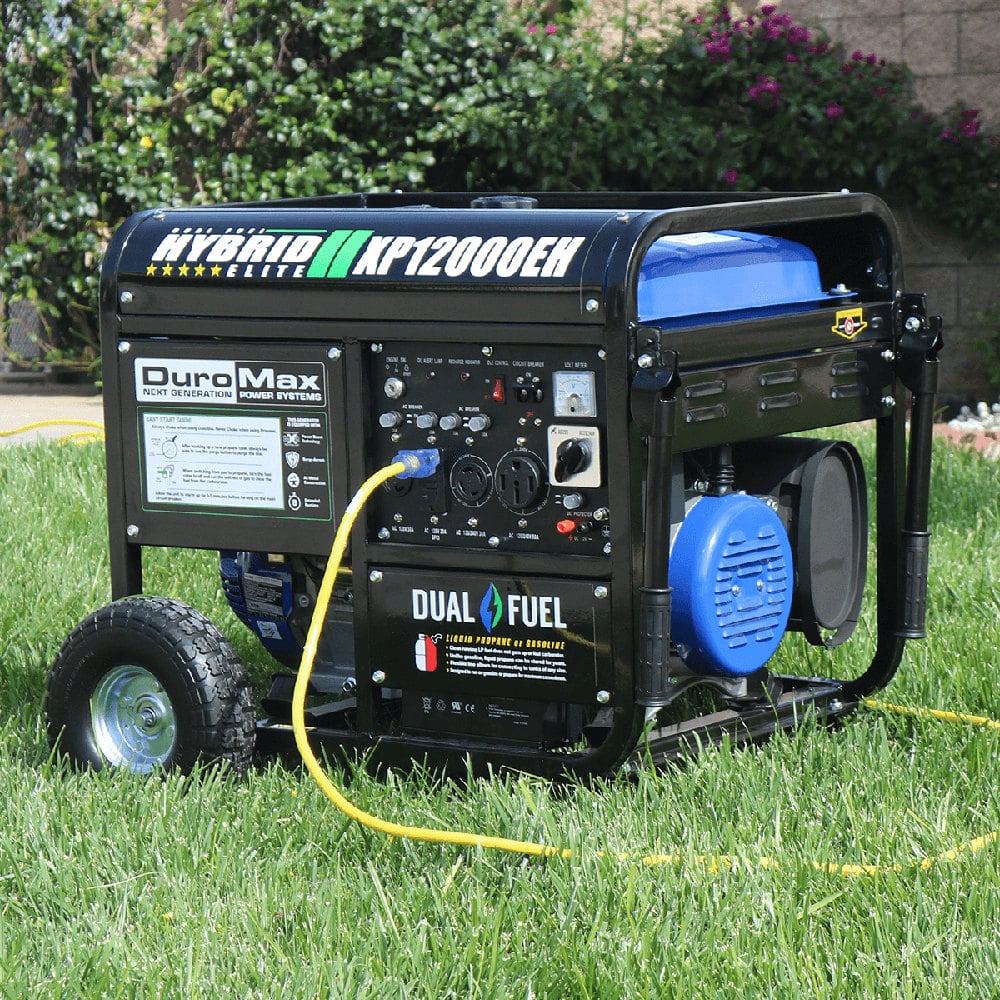
Before attempting to start a gas generator, it is important to first check the fuel level. Make sure the fuel tank is not empty and has enough fuel to power the generator. You can check the fuel level by opening the fuel cap and looking inside the tank. The fuel should be at least a quarter full. If the fuel level is lower than that, you should fill the tank with the appropriate fuel before attempting to start the generator. For safety reasons, you should also ensure that the fuel cap is securely closed after checking the fuel level.
Check the Air Filter

It is important to check the air filter of a gas generator before starting it up. A dirty or clogged filter can cause the generator to run inefficiently and even cause damage to the engine. The air filter should be inspected before each use of the generator and replaced if it is clogged or dirty.
To check the air filter, first locate the air filter housing. This is usually located near the carburetor or air intake of the generator. Remove the filter housing and carefully remove the air filter. Check the filter for dirt and debris, and inspect for any rips or tears. If the filter is dirty or damaged, replace it with a new one.
Once the filter is replaced, reattach the filter housing, making sure it is securely fastened. After that, your generator is ready to be started.
Check the Spark Plug

The spark plug is an essential component of a gas generator and needs to be checked before starting the generator. A damaged spark plug can lead to a misfiring engine, causing it to run inefficiently or not start at all.
To check the spark plug, first remove it from the generator. Visually inspect it for any signs of damage, such as cracks, corrosion, or a broken electrode. If the spark plug looks damaged, it should be replaced.
To test the spark plug, use a spark plug tester. First, connect the spark plug tester to the spark plug. Then, check the voltage reading on the tester. If the voltage is lower than the manufacturer’s recommended value, the spark plug should be replaced.
| Task | Description |
|---|---|
| Visually Inspect | Look for any signs of damage, such as cracks, corrosion, or a broken electrode. |
| Use a Spark Plug Tester | Connect the spark plug tester to the spark plug and check the voltage reading. |
Check the Battery

Before starting a gas generator, it is important to check the battery. A battery should be checked every 3 months, or once a year depending on the type of generator. To check a battery, it is important to make sure it is adequately charged and in good condition.
| Steps | Instructions |
|---|---|
| 1. | Inspect the battery for any signs of corrosion or damage. |
| 2. | Make sure that the battery is properly connected to the generator. |
| 3. | Check the voltage of the battery with a voltmeter. |
| 4. | If the battery is below the recommended voltage level, recharge it with a battery charger. |
If the battery is in good condition and sufficiently charged, the generator should be ready to start. It is important to ensure that the battery is in good condition and adequately charged in order for the generator to start and run safely and efficiently.
Check the Coolant

It is important to check the coolant levels in your gas generator before starting it up. The coolant is necessary to keep the engine cool and running efficiently, and low coolant levels can be the cause of the generator not working properly.
To check your coolant levels, you will need to open the radiator cap. Make sure to do this carefully as the coolant can be hot and can cause burns if you’re not careful. Before you open the cap, ensure that the engine has cooled off completely and that the coolant level is below the radiator cap.
| Step | Action |
| 1 | Open the radiator cap |
| 2 | Check the coolant level |
| 3 | Refill the coolant if necessary |
If the coolant level is below the radiator cap, you will need to refill it with a coolant approved by the manufacturer. Make sure to never over fill the coolant level as this can cause damage to the engine. Once you have refilled the coolant, close the cap securely and make sure it’s on tight.
It is important to check your coolant levels before starting your gas generator every time, as low levels can cause damage to your engine. Make sure to follow the manufacturer’s instructions and take proper precaution when checking and refilling coolant levels.
Starting the Generator
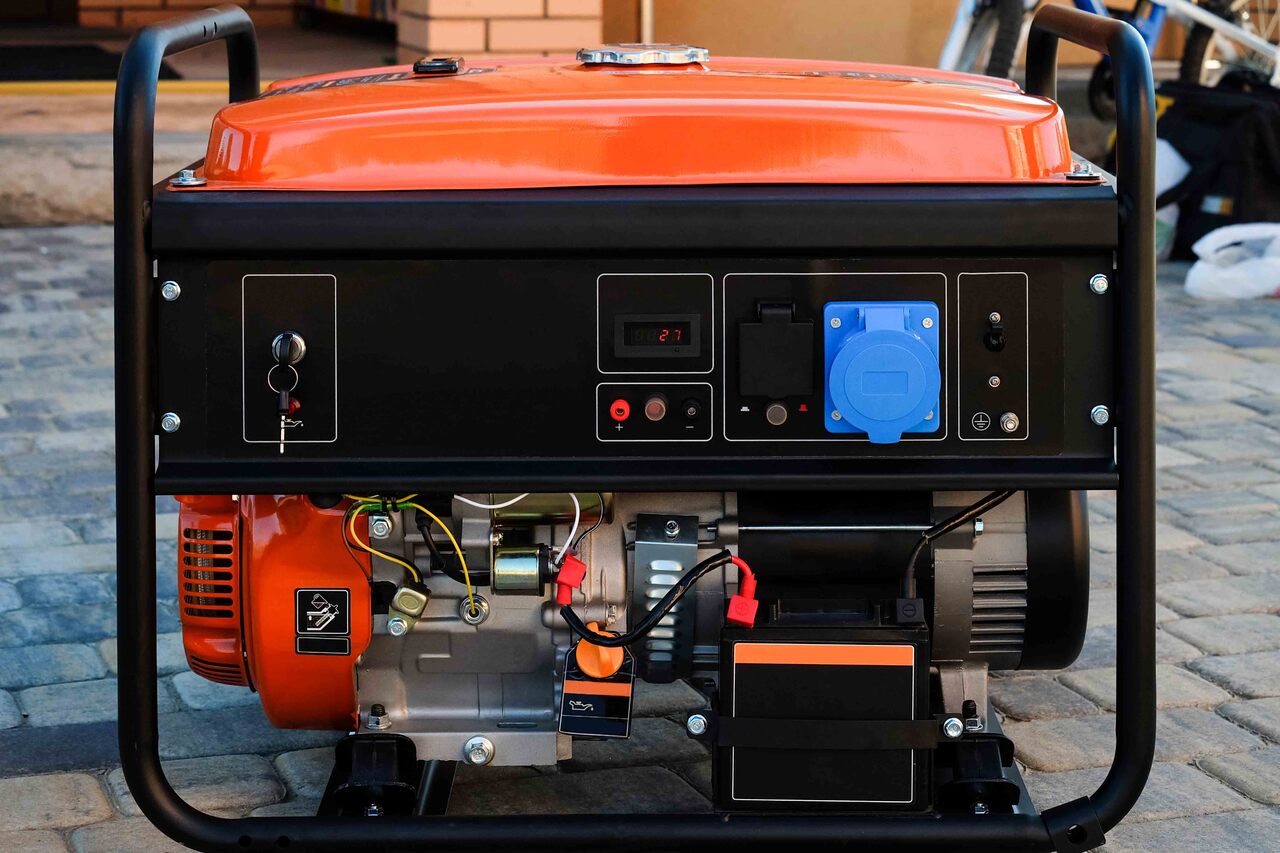
| Steps | Instructions |
|---|---|
| 1 | Check to make sure the engine oil is filled to the correct level. |
| 2 | Turn the fuel supply valve off and then open the fuel cap on the generator. |
| 3 | Pull the choke lever to the full choke position. |
| 4 | Turn the fuel supply valve on. |
| 5 | Turn on the main switch. |
| 6 | Turn the starter switch to the “start” position and hold it until the engine starts. |
| 7 | Once the engine starts, release the starter switch and allow the engine to run for a few minutes. |
| 8 | Once the engine has warmed up, move the choke lever to the “run” position and the generator is ready for use. |
Starting a gas generator is relatively simple; however, it is important to follow the instructions carefully. First, check to make sure the engine oil is filled to the correct level. Then, turn the fuel supply valve off and open the fuel cap on the generator. Pull the choke lever to the full choke position and then turn the fuel supply valve on. Turn on the main switch, and then turn the starter switch to the “start” position and hold it until the engine starts. After the engine starts, release the starter switch and allow the engine to run for a few minutes. Once the engine has warmed up, move the choke lever to the “run” position and the generator is now ready for use.
Connect the Load
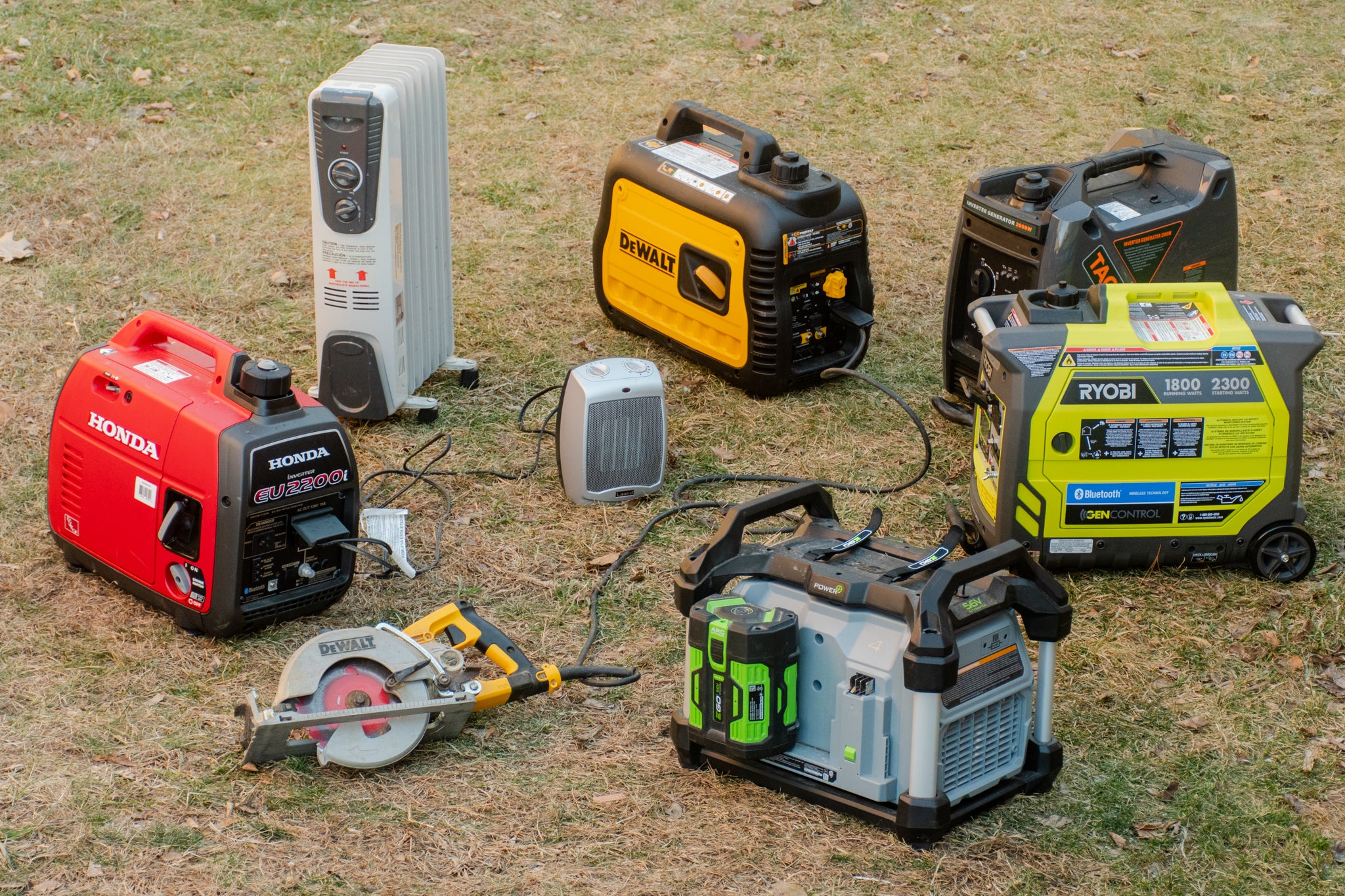
Once the generator is set up and turned on, the next step is to connect the load. This is the process of connecting the generator to the devices it will be powering. Here is a step-by-step guide to connecting the load:
- Turn off the circuit breakers on the generator and make sure the generator is off.
- Connect the power cable to the generator and the device it will be powering.
- Turn on the circuit breakers on the generator.
- Turn on the device that you are powering.
- Check the voltage coming from the generator to make sure it is within the proper range for the device.
Once the generator is connected to the load, it is ready to be used. It is important to make sure the generator is properly connected and the voltage is within the proper range to avoid any damage to the generator or the device being powered.
Start the Generator
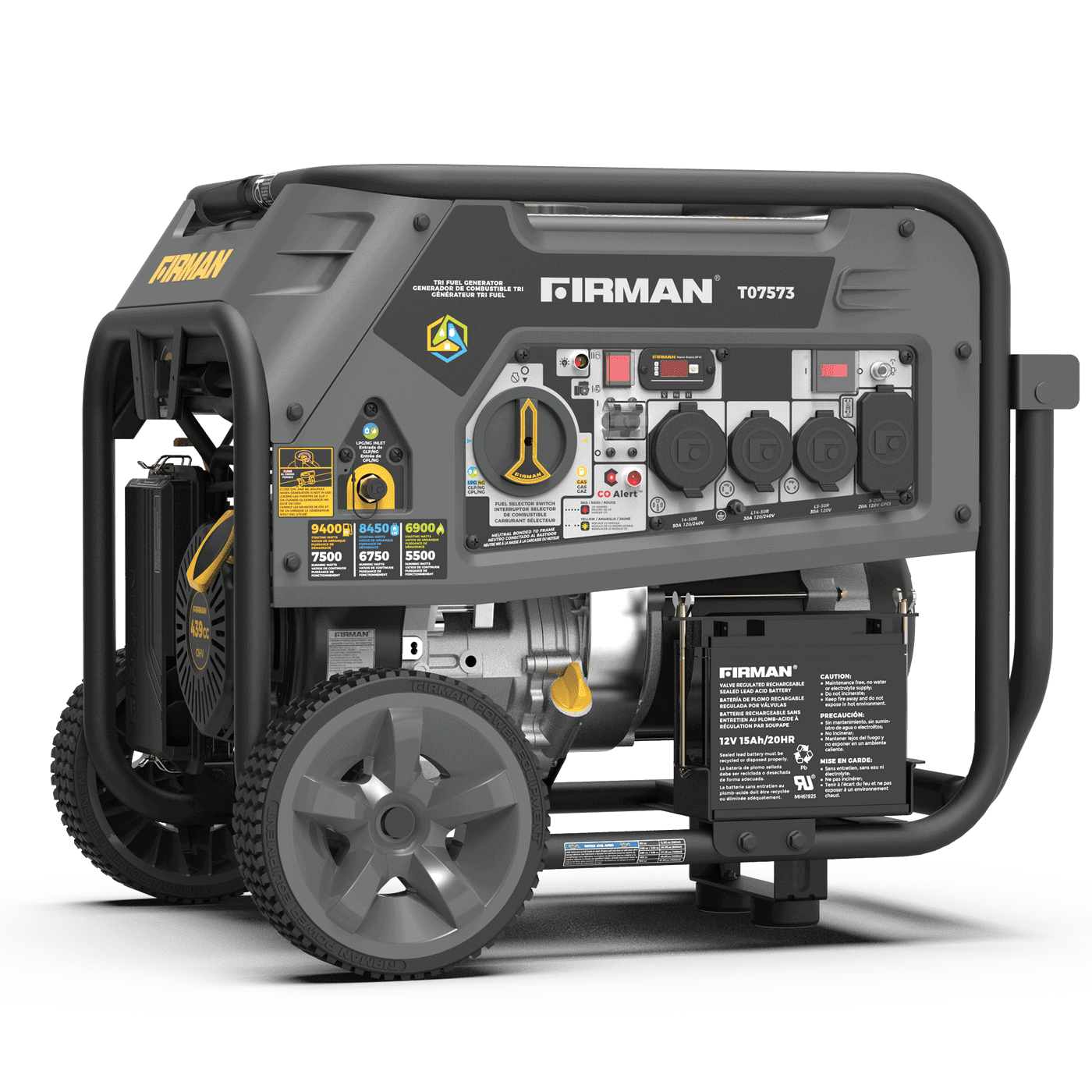
- Check the oil level in the engine. This is typically done by checking the dipstick. The dipstick should be checked with the engine cold. If the oil level is low, add the recommended oil for your generator until the dipstick indicates that the level is full.
- Check the fuel level in the tank. If the tank is empty, fill it with the recommended fuel for your generator. Make sure to not overfill the tank.
- Open the fuel valve. This will allow the fuel to flow from the tank to the carburetor.
- Check the air filter. If the air filter is dirty, replace it. This will ensure that your engine is getting the proper air supply.
- Pull the starter cord to start the engine. This can be done manually or with an electronic starter. If you use an electronic starter, make sure to follow the manufacturer’s instructions.
- Once the engine is running, check the generator for any abnormalities. If everything looks normal, the generator is ready to be used.
Allow the Generator to Warm Up
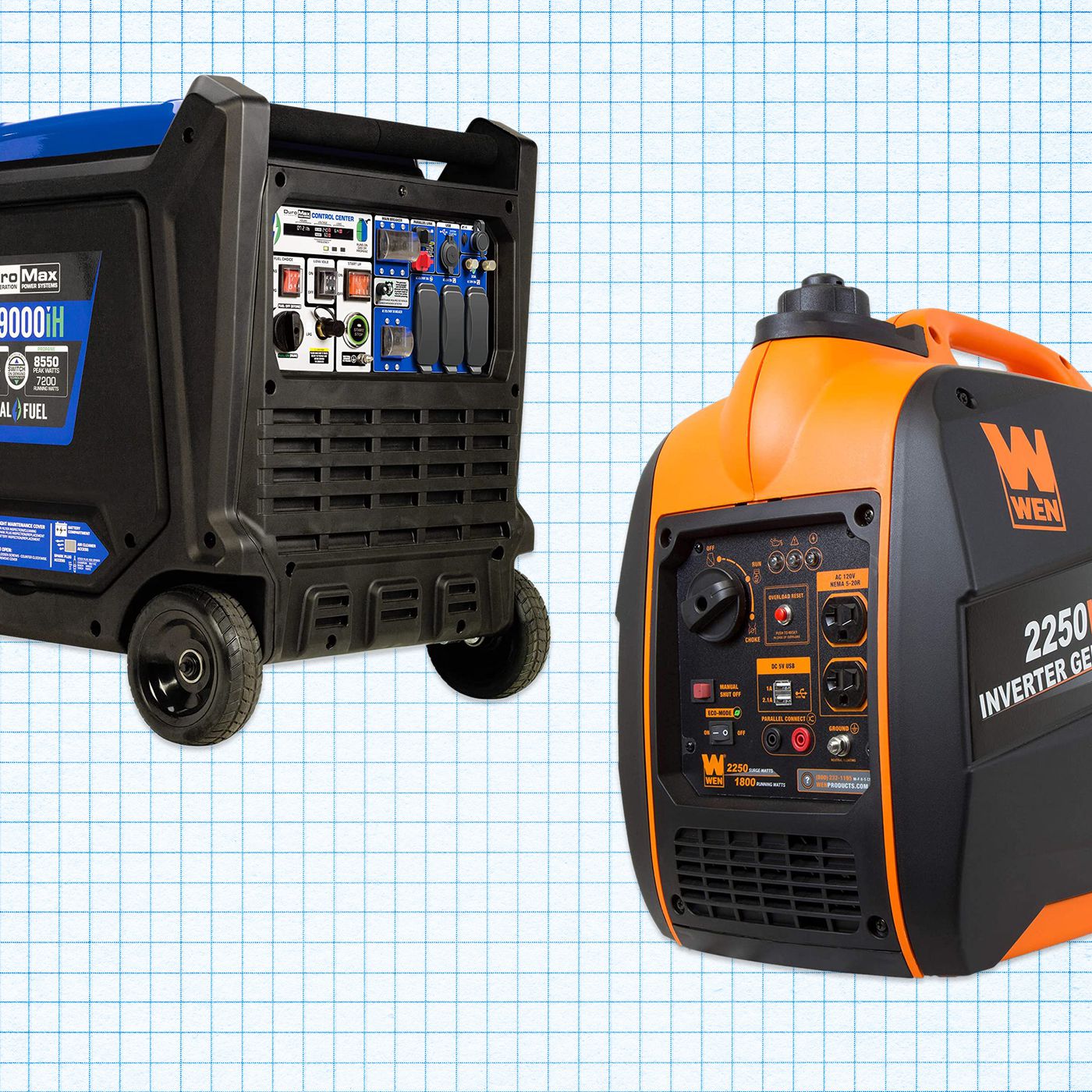
Before starting a gas generator, it is important to allow the generator to warm up. This process is important for the safety of the generator and the user. The following steps should be taken to ensure the generator warms up effectively.
| Steps | Explanation |
|---|---|
| 1. Turn the generator on | Turn the main switch to the “On” position to start the generator. |
| 2. Allow the generator to idle | Leave the generator running for 5-10 minutes at idle to allow the engine to warm up. |
| 3. Increase the load | Once the generator has warmed up, increase the load on the generator gradually to avoid putting too much stress on the engine. |
It is important to remember that a generator that is not properly warmed up can suffer from performance issues, engine damage, and even fire hazards. Following these steps will ensure the generator is warmed up properly before use.
Troubleshooting
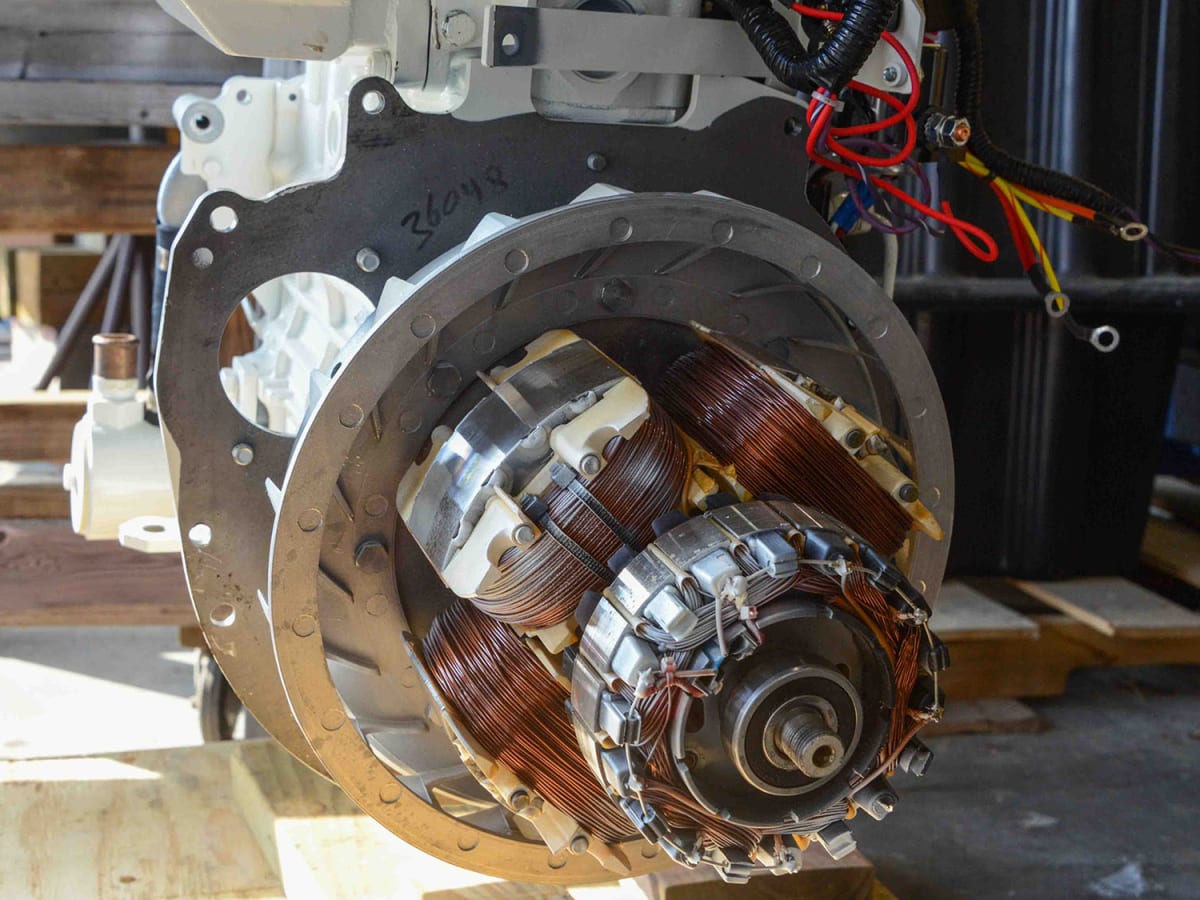
When starting a gas generator, it is important to understand how to troubleshoot any potential problems that may arise. The first step is to check the fuel tank and fuel line for any blockages or leaks. If there are any blockages, clear them with a suitable cleaner and ensure that the fuel line is securely connected. If there is a leak, check the fuel line and fuel tank for any visible damage, and if found, replace the damaged parts.
Next, check the spark plugs and spark plug wires for any signs of damage. If damage is found, replace the spark plugs and spark plug wires. It is also important to ensure that the spark plugs are properly gapped and that the spark plug wires are connected securely.
If the generator still does not start, check the battery, alternator, and starter for any signs of wear and tear. If any of these parts are worn or damaged, replace them. If the battery is still not providing enough power to start the generator, then it may be time to replace the battery.
Finally, if the generator still does not start, it is important to check the fuel filter and air filter for any blockages. If blockages are found, clean or replace them as necessary. Additionally, if the generator is still not starting, then it is best to contact a professional to help diagnose and repair the problem.
Maintenance
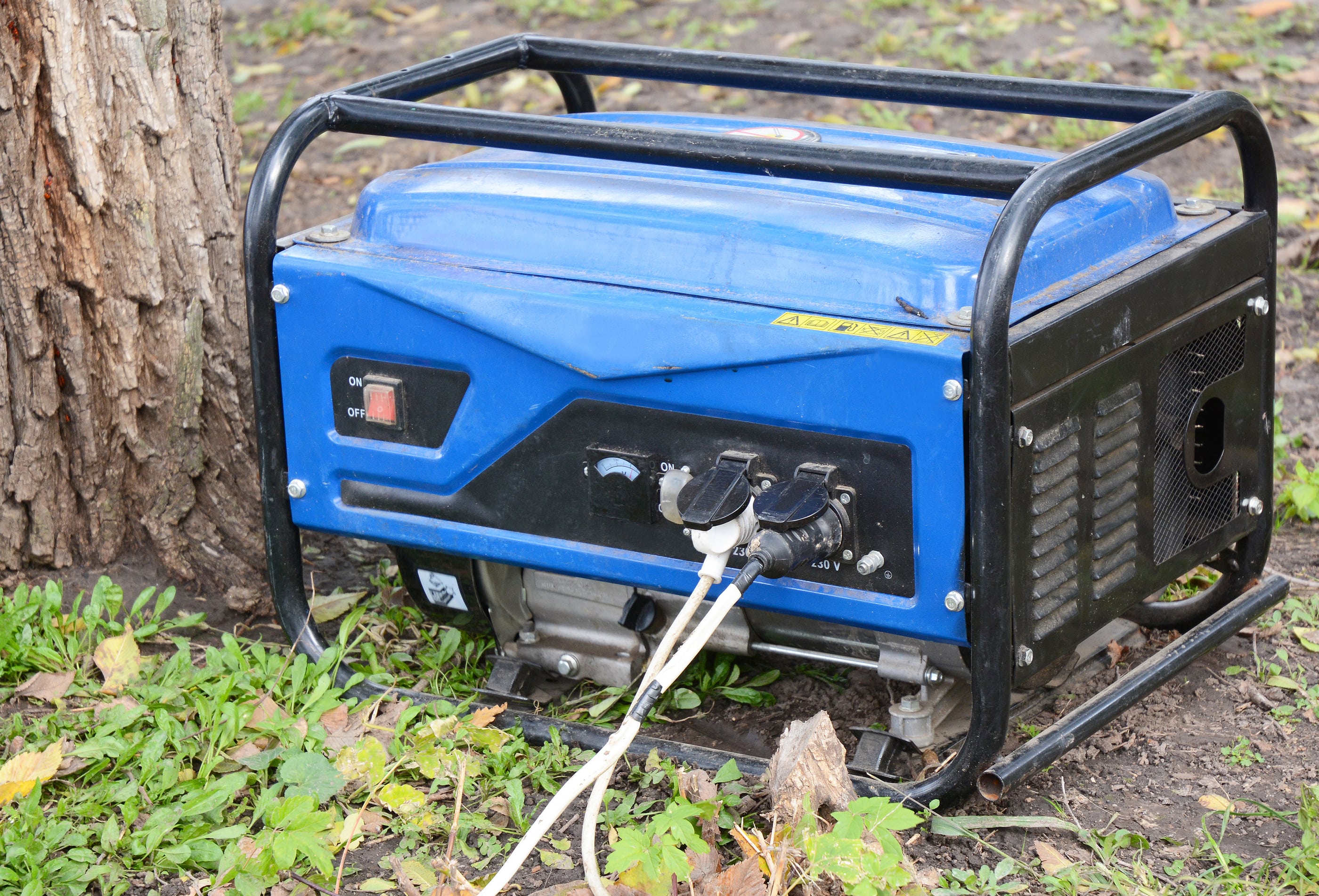
Gas generators are relatively easy to maintain, but it is important to keep it running in top condition. Regular maintenance of your generator is essential for safe and efficient operation. Here are some tips for keeping your generator in good condition:
- Check the oil level in your engine regularly and top it up if it is low.
- Replace the air filter regularly.
- Check the spark plug and replace if necessary.
- Clean the fuel filter regularly.
- Check the fuel lines for any damage or leaks.
- Clean the generator housing and inspect for any damage or wear.
- Check and adjust the voltage regulator if necessary.
It is also important to perform regular tests on your generator to make sure it is running correctly. Here is a table of recommended tests:
| Test | Frequency |
|---|---|
| Oil Pressure Test | Monthly |
| Voltage Output Test | Monthly |
| Spark Plug Test | Every 6 months |
| Fuel Line Test | Annually |
Finally, it is important to get your generator serviced regularly by a qualified technician. This will ensure that all parts are in good working order and that the generator is running efficiently.
Storage
- Always store gasoline in a cool, dry and ventilated location, away from any sources of heat or ignition.
- Do not store gasoline near any open flames or sparks.
- Keep the fuel container full to minimize the intake of air.
- Always store gasoline in an approved fuel container in order to limit any potential hazards.
- Make sure to keep the container tightly sealed and away from children.
- Replace the lid of the fuel container immediately after each use.
- Always store fuel containers in an upright position.
Frequently Asked Questions
1. What steps should I take to get a generator started for the first time?
- Read the owner’s manual of your generator carefully before attempting to start it.
- Make sure the generator is in an open and well-ventilated area to ensure it gets enough air and to prevent the buildup of toxic fumes.
- Check the oil level and add oil, as needed.
- Fill the fuel tank with fresh gasoline.
- Connect the spark plug wire to the spark plug.
- Turn the fuel valve to the “On” position.
- Turn the choke control to the “Closed” position.
- Place the switch in the “On” position.
- Pull the starter cord.
- If the engine does not start, repeat the above steps.
- Once the engine is running, turn the choke control to the “Open” position.
2. How can I ensure a safe and successful start for my gas generator?
- Check the oil level in the generator to ensure that it is full. If the oil level is low, refill it to the manufacturer’s recommended level.
- Inspect the air filter and spark plug. If they are damaged or clogged, replace them with new ones.
- Check the fuel tank to make sure that it is filled with gasoline. If the tank is empty, fill it up with fresh gasoline.
- Check the fuel lines and fuel filter for any blockages or leaks. If there are any, repair or replace them before starting the generator.
- Put the generator’s switch in the “off” position.
- Turn on the fuel valve and allow the generator to prime for at least 30 seconds.
- Pull the starter cord to start the generator. If it does not start, turn off the fuel valve, wait 30 seconds, and then try again.
- Once the generator is running, check all of the connections and make sure that they are secure.
- Check the generator’s voltage and frequency with a voltmeter to make sure that they are within the specified parameters.
- Finally, turn off the fuel valve and allow the generator to cool down before turning off the switch.
3. What safety precautions should I take when starting a generator?
- Read and understand the manufacturer’s operating manual and safety instructions before starting the generator.
- Fill the fuel tank with the correct fuel for the generator. Be sure to use fresh, properly stored fuel according to the manufacturer’s specifications.
- Check the oil level before starting the generator and add oil if necessary.
- Inspect the generator and all its components to make sure it is in good working order.
- If the generator has been idle for a long time, start it in a well-ventilated area and allow it to run for several minutes.
- Make sure the generator is properly grounded and connected to an approved power outlet before connecting any electrical appliances.
- Wear protective equipment such as gloves and safety glasses when handling fuel and operating the generator.
- Keep all flammable materials, such as gasoline, away from the generator.
- Keep children and pets away from the generator while it is running.
- Do not overload the generator by connecting too many electrical appliances to it at once.
- Do not use the generator in wet or damp conditions.
- Turn off the generator and disconnect all electrical appliances before refueling the generator.
4. What are the most important things to consider when starting a gas generator?
Starting a gas generator can be a daunting task, but it’s important to make sure that you take the necessary safety precautions and consider the following elements before you begin:
- Fuel Type: Make sure you know which type of fuel is compatible with your generator. Most generators use gasoline, but some can also use propane, natural gas, or diesel.
- Fuel Level: Make sure you have enough fuel to get the generator running. If the tank is empty, add enough fuel to run the generator for at least 15 minutes.
- Maintenance: Check that the generator is properly maintained. Make sure the air filter and spark plugs are clean and in good condition.
- Ventilation: Position the generator in a well-ventilated area, away from windows and doors, to prevent carbon monoxide poisoning.
- Safety: Make sure to wear protective clothing and eyewear when handling the generator. Also, be sure to read the instruction manual and follow all safety precautions.
By following these simple steps, you can ensure that you have a safe and successful experience when starting a gas generator.
5. What tips and advice should I follow for starting a generator?
- Read the instructions manual that came with your generator thoroughly before beginning. Familiarize yourself with the proper safety guidelines and procedures for starting and operating the generator.
- Check the oil level in the engine and refill it if needed.
- Check the fuel level in the tank and refill it with the appropriate fuel type. Make sure that the fuel is fresh and not old or contaminated.
- Ensure that all switches are in the “Off” position before starting the generator.
- Turn the fuel valve to the “On” position.
- Turn the ignition switch to the “Start” position (if manual start) or press the start button (if electric start).
- Allow the generator to warm up for a few minutes before increasing the load.
- Monitor the generator’s performance and make sure that it is running smoothly.
- Turn the ignition switch to the “Run” position (if manual start) or press the stop button (if electric start).
- Turn off the generator when it is no longer needed and before performing maintenance or refuelling.
Conclusion
Starting a gas generator can be a daunting task, but with the right tools and knowledge, it can be done safely and easily. Armed with the information from this guide, you’re now ready to start your own generator and begin enjoying the benefits of portable power. Remember to always read and follow the manufacturer’s instructions carefully and always be sure to use the right type of fuel for your generator. With the right precautions and preparation, you can now start your gas generator with confidence and enjoy the convenience of having your own portable power source.
References
- “Portable Generators: The Good, The Bad and The Ugly.” Generac Power Systems, Generac Power Systems, Inc., 2017, www.generac.com/sites/default/files/2018-01/Portable-Generators-The-Good-The-Bad-and-The-Ugly.pdf.
- “Generator Safety Tips.” National Fire Protection Association, National Fire Protection Association, 2017, www.nfpa.org/Public-Education/Staying-safe/Emergency-preparedness/Generator-safety.
- Vasilik, Bill. “How to Start a Gas Generator.” Hunker, Hunker, 15 Dec. 2017, www.hunker.com/12337091/how-to-start-a-gas-generator.
